

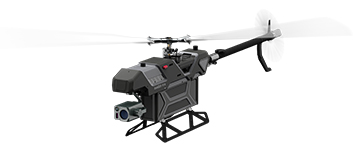
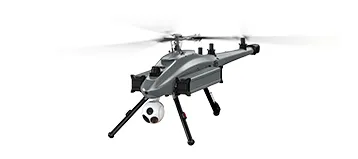
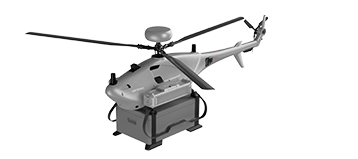


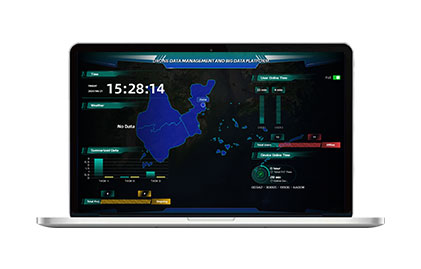

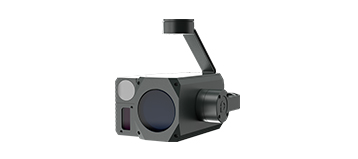
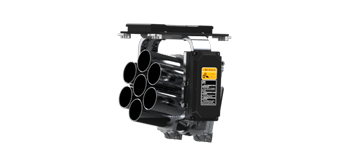


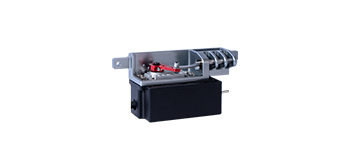
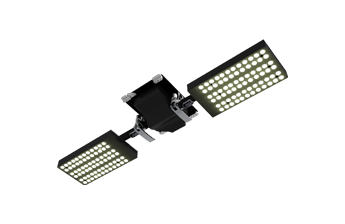
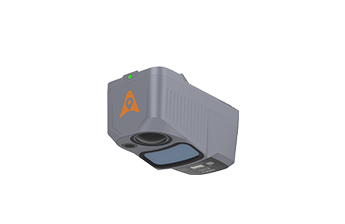


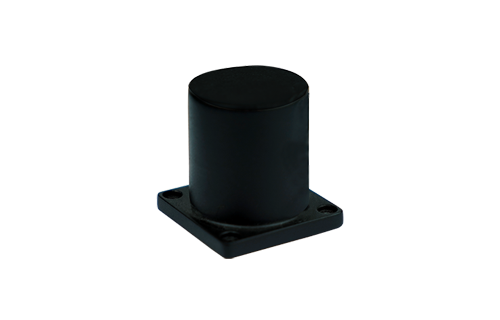
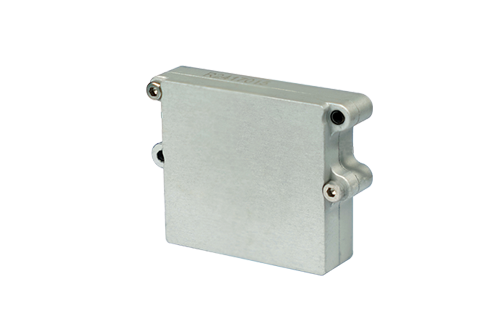
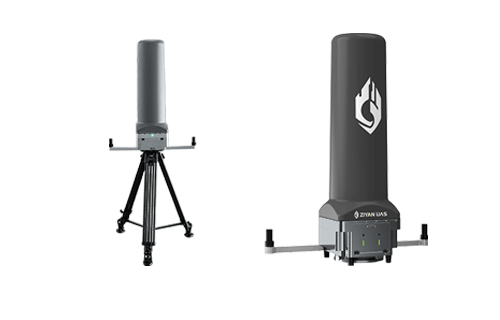


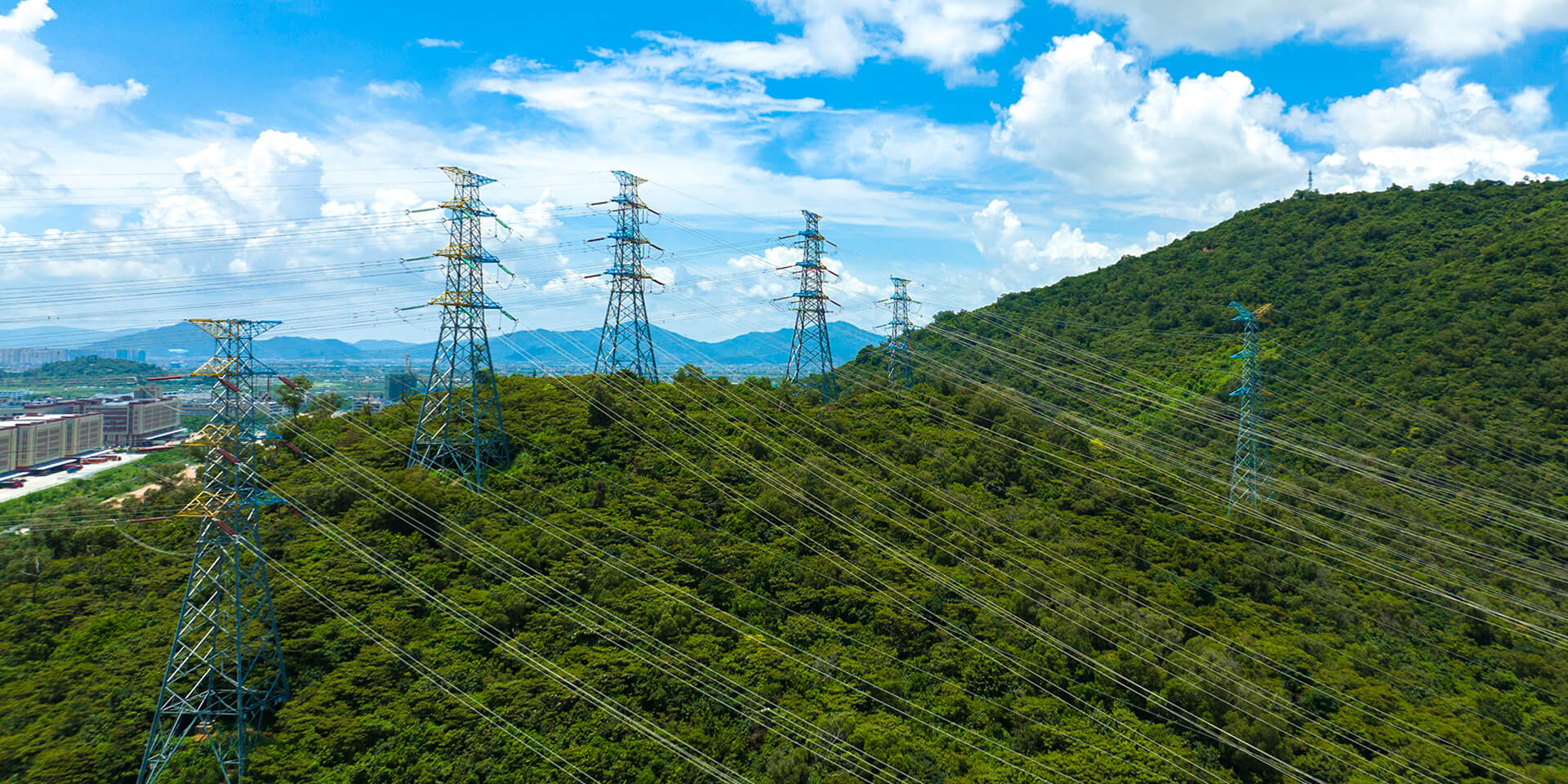
Explore new energy and power grid maintenance with robust flight performance and specialized solutions, offering precise data for early fault warning and preventive maintenance
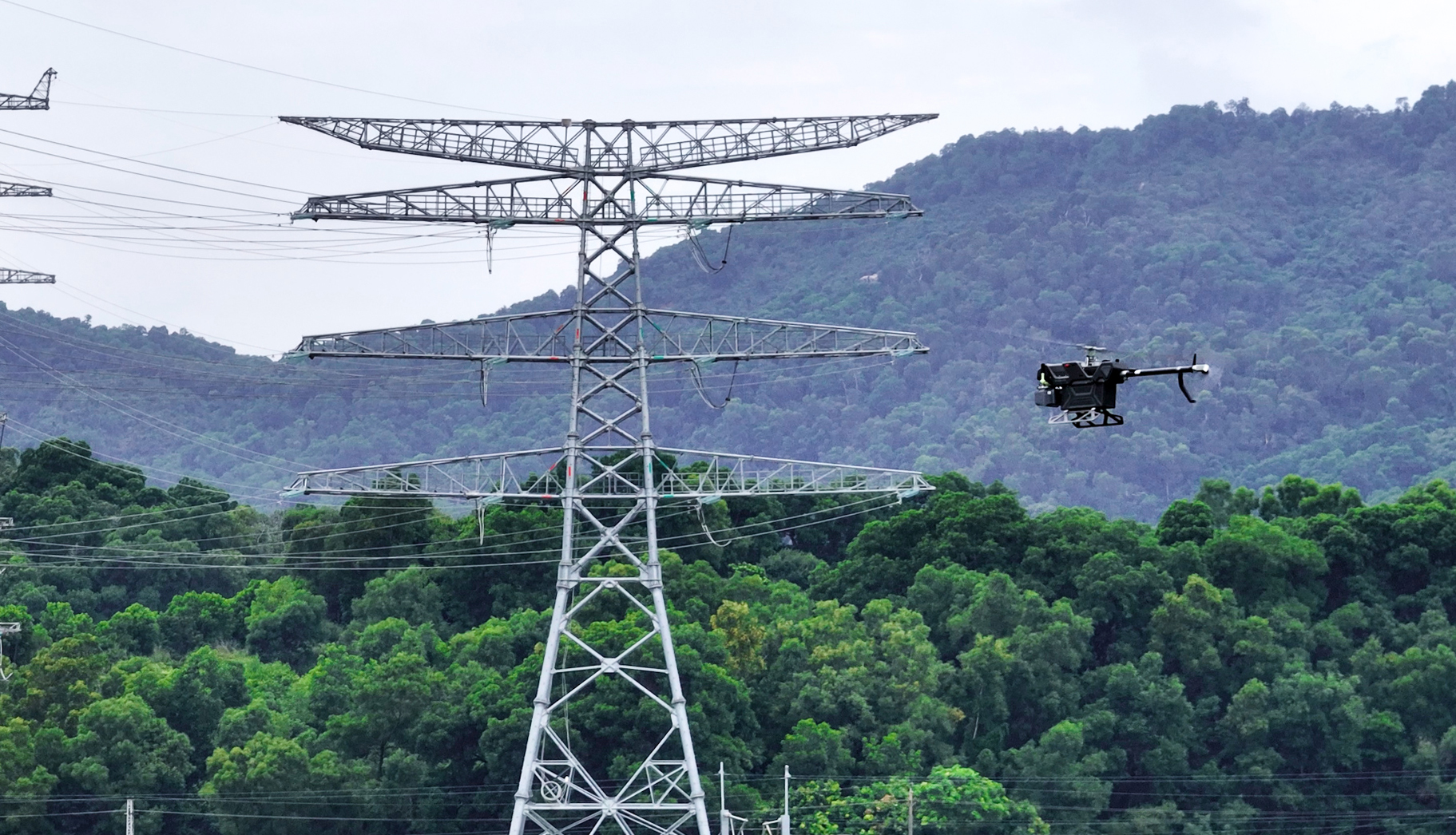
By equipping drones with high-definition cameras, infrared sensors, or LiDAR, they can monitor the real-time status of power transmission lines and equipment. Drones can detect damage, corrosion, and anomalies in components such as power poles, wires, and insulators. They can also monitor the ground along the transmission lines for unauthorized construction activities. Infrared thermal imaging technology can identify heat distribution in equipment, helping detect potential faults. LiDAR can provide three-dimensional scans and models of power tower bases and wires, supporting automated inspections and monitoring of tree barriers along the transmission lines.

With solar photovoltaic panels widely distributed and installed at heights, unmanned aircrafts drones equipped with high-resolution cameras and infrared thermal sensors can detect dirt, damage, and other indicators on the surface of solar panels. Infrared thermal imaging technology can identify abnormal hotspots on solar panels, indicating potential faults and damage. Drones unmanned aircrafts can complete large-scale inspections of solar power plants in a short period, reducing labor costs and inspection cycles.

As offshore wind power develops rapidly, traditional inspection methods for offshore wind turbines face challenges in terms of cost and safety. Unmanned helicopters are well-suited for offshore operations, covering vast sea areas for tasks such as wind turbine blade inspections, vessel deterrence, material transportation, firefighting, and rescue operations. Particularly in blade inspections, unmanned helicopters equipped with large-format, high-performance cameras with fast shutter speeds and over 100 megapixels can conduct more efficient inspections whether the blades are stationary or in motion.
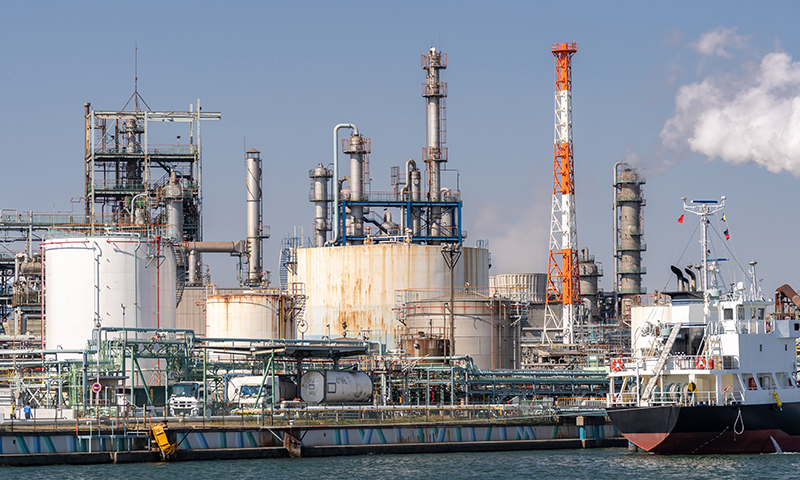
Oil and gas pipelines traverse various terrains and environmental conditions. Unmanned aerial vehicles can conduct aerial inspections to quickly assess pipeline integrity and status, detect leaks, and perform patrol and anti-theft tasks. By equipping UAVs with sensors such as high-definition visible light, multispectral, and infrared thermal imaging, they can monitor pipelines and factors such as soil, vegetation, and personnel in real-time. This helps identify possible leakages and theft indicators and take corresponding measures promptly.


A single flight can cover a large area, and drones support long endurance and large communication and relay distances.
With high wind resistance, long endurance, and extensive communication range, drones are well-suited for complex environments, including highlands, coastal areas, and mountainous regions.
With ample power reserves, drones can respond quickly and efficiently to complete patrol tasks along the lines.
Comprehensive automation supports unmanned operations on-site, including automatic charging and maintenance-free features.

 sales@ziyanuav.com
sales@ziyanuav.com
 Unit 101, building 2, Zhongdian high tech Industrial Park, Keji seventh Road, Tangjiawan Town, Xiangzhou District, Zhuhai, Guangdong, China
Unit 101, building 2, Zhongdian high tech Industrial Park, Keji seventh Road, Tangjiawan Town, Xiangzhou District, Zhuhai, Guangdong, China






Small and Medium-sized UAVs
Industry-Proven UAV Solutions
Full-Customized Services
Flight Training Services




